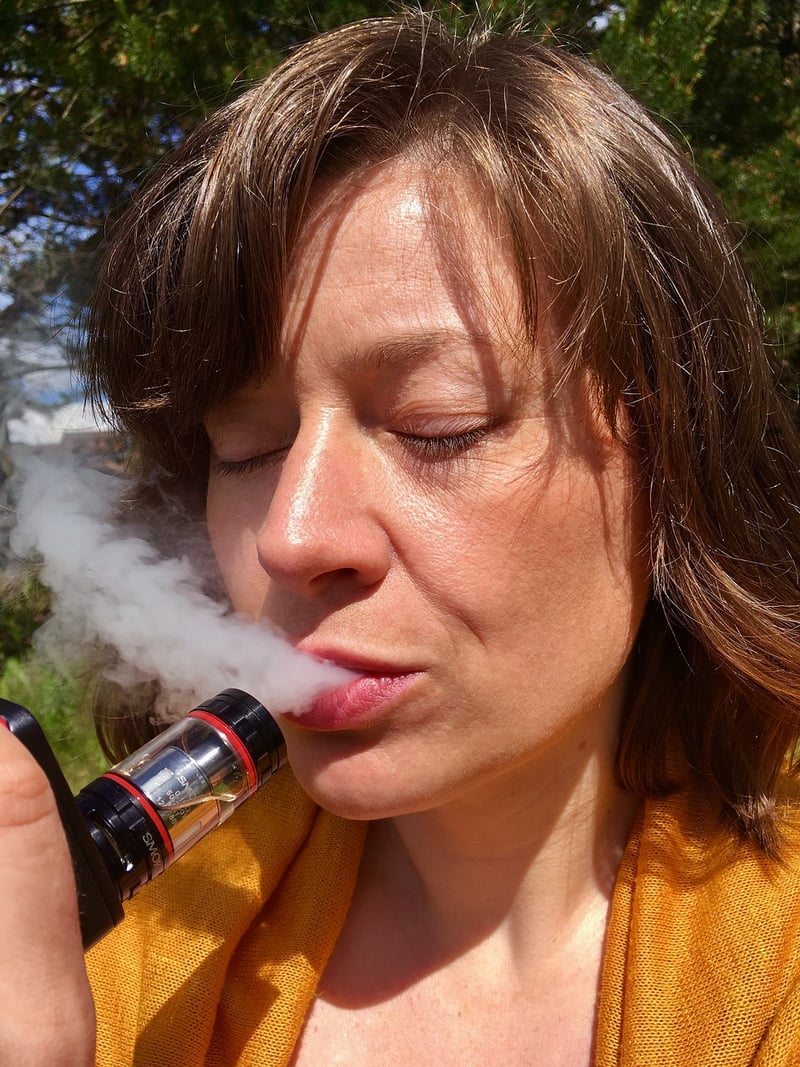Mindful inhaling
Practices for Breath Control and Mindful Inhaling
Incorporating practices for breath control and mindful inhaling can have a profound impact on your overall well-being. By focusing on your breath, you can reduce stress, improve concentration, and enhance your mindfulness. Here are some effective techniques to help you master breath control and mindful inhaling:
1. Diaphragmatic Breathing
Also known as belly breathing, diaphragmatic breathing involves deep inhalation and exhalation by engaging the diaphragm. Place one hand on your chest and the other on your abdomen. Inhale deeply through your nose, allowing your abdomen to expand, then exhale slowly through your mouth, feeling your abdomen contract. Practice this technique regularly to enhance your breath control.
2. Box Breathing
Box breathing is a simple yet powerful technique used to regulate breathing and reduce anxiety. Inhale deeply for a count of four, hold your breath for a count of four, exhale for a count of four, and then hold your breath again for a count of four. Repeat this cycle several times to promote relaxation and mindfulness.
3. Alternate Nostril Breathing
This yogic breathing technique involves closing one nostril with your thumb and inhaling through the other nostril. Then, close the other nostril with your ring finger and exhale through the first nostril. Continue this pattern, alternating nostrils with each breath. Alternate nostril breathing helps balance the left and right hemispheres of the brain, promoting mental clarity and focus.
4. Mindful Breathing Meditation
Practice mindful breathing meditation by finding a comfortable seated position, closing your eyes, and focusing on your breath. Observe the sensation of air entering and leaving your nostrils. Whenever your mind wanders, gently bring your focus back to your breath. Mindful breathing meditation can help calm the mind, reduce stress, and improve overall well-being.
5. Visualization Techniques
Combine breath control with visualization by imagining a peaceful scene while you inhale and exhale. Picture yourself in a serene environment, such as a beach or a forest, and synchronize your breath with the imagery. Visualization techniques can enhance relaxation, reduce tension, and promote a sense of inner peace.
By incorporating these practices for breath control and mindful inhaling into your daily routine, you can cultivate a greater sense of calm, focus, and presence in your life. Take the time to explore these techniques and discover the profound benefits of conscious breathing.

Remember, mastering breath control and mindful inhaling is a journey that requires patience and consistent practice. Start with small steps and gradually incorporate these techniques into your daily life to experience the transformative power of conscious breathing.
